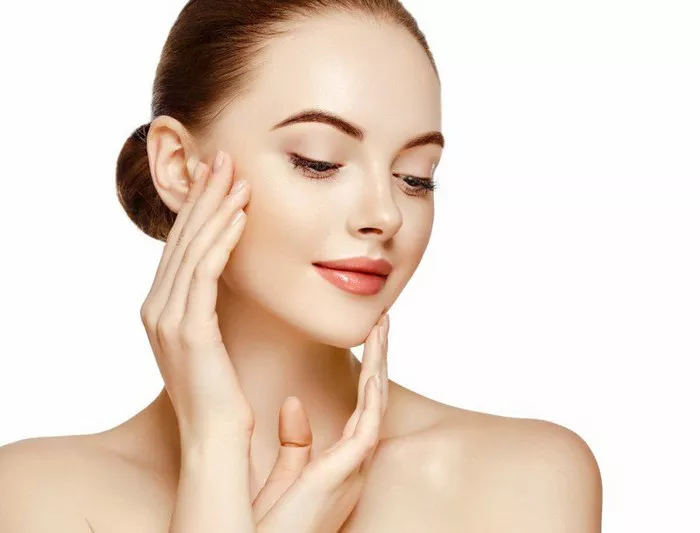Tretinoin, a derivative of vitamin A, has long been hailed as a powerhouse in the realm of skincare, particularly for its remarkable ability to address the signs of aging. In this comprehensive guide, we will explore the multifaceted benefits of tretinoin and its specific role in treating wrinkles. From the science behind its action to practical insights on usage and potential side effects, delve into the world of tretinoin and discover why it is a go-to solution for those seeking to combat the effects of time on their skin.
Understanding Tretinoin
Tretinoin, commonly known by its brand name Retin-A, is a topical retinoid that belongs to the family of compounds derived from vitamin A. Originally developed as a treatment for acne, its transformative effects on the skin’s texture and appearance have made it a staple in anti-aging skincare. Tretinoin is available in various formulations, including creams and gels, and is renowned for its versatility in addressing a range of skin concerns, with wrinkle reduction being one of its primary benefits.
How Tretinoin Works on Wrinkles
The efficacy of tretinoin in treating wrinkles stems from its ability to influence various cellular processes within the skin. Here’s a breakdown of what tretinoin does for wrinkles:
Stimulating Collagen Production: Tretinoin encourages the synthesis of collagen, a crucial protein responsible for maintaining skin elasticity and firmness. As we age, collagen production naturally decreases, leading to the formation of wrinkles. Tretinoin’s collagen-boosting properties help counteract this decline, promoting a more youthful complexion.
Enhancing Cell Turnover: Tretinoin accelerates the process of cell turnover, which involves the shedding of old, damaged skin cells and the generation of new ones. This renewal process contributes to smoother, fresher-looking skin and aids in the reduction of fine lines and wrinkles.
Improving Skin Texture: By promoting exfoliation and encouraging the shedding of dead skin cells, tretinoin helps refine the skin’s texture. This results in a more even complexion and a reduction in the appearance of wrinkles and fine lines.
Addressing Photoaging: Tretinoin is particularly effective in addressing photoaging, the premature aging of the skin caused by prolonged sun exposure. It helps repair sun-damaged skin, reduces the appearance of sunspots, and diminishes fine lines induced by UV rays.
The Treatment Process
When incorporating tretinoin into a skincare routine for wrinkle treatment, it’s essential to be aware of the typical progression of effects. The timeline may vary among individuals, but a general overview includes:
Early Weeks: In the initial weeks of tretinoin use, some individuals may experience skin dryness, redness, and flakiness. This is a common reaction as the skin adjusts to the retinoid. Using a gentle moisturizer and starting with a lower concentration can help minimize these side effects.
Weeks 4-8: By the fourth to eighth weeks, users often notice an improvement in skin texture and a reduction in the appearance of fine lines. Patience is key during this phase, as the full benefits of tretinoin may take several months to become evident.
Months 3-6: Continued use of tretinoin over the next few months can lead to further improvements in skin tone, reduced hyperpigmentation, and enhanced collagen production. Deeper wrinkles may begin to soften during this period.
Long-Term Use: Consistent, long-term use of tretinoin is essential to maintain its benefits. Continued application helps sustain collagen synthesis, ongoing exfoliation, and overall skin rejuvenation.
Optimizing Tretinoin Use for Wrinkles
To maximize the effectiveness of tretinoin in addressing wrinkles, consider the following tips:
Start Slowly: Begin with a lower concentration of tretinoin to allow your skin to acclimate. Gradually increase the strength as your skin develops tolerance.
Consistent Application: Apply tretinoin consistently as part of your nighttime skincare routine. Consistency is crucial for achieving and maintaining results.
Combine with Moisturizer: To counteract potential dryness, use a moisturizer in conjunction with tretinoin. Applying moisturizer before or after tretinoin can help maintain skin hydration.
Sun Protection: Given that tretinoin makes the skin more photosensitive, it is imperative to use sunscreen daily. Sun protection helps prevent further sun damage and ensures the efficacy of tretinoin.
Consult a Dermatologist: Before incorporating tretinoin into your routine, consult with a dermatologist. They can assess your skin type, recommend an appropriate concentration, and provide guidance on usage.
Potential Side Effects and Considerations
While tretinoin is generally well-tolerated, it may cause some side effects, especially during the initial stages of use. Common side effects include dryness, redness, and peeling. These effects are often temporary and can be managed with proper skincare practices.
It’s crucial to avoid using tretinoin during pregnancy, as it may pose risks to the developing fetus. Individuals with sensitive skin or certain skin conditions should exercise caution and consult with a dermatologist before incorporating tretinoin into their routine.
Conclusion
In conclusion, tretinoin stands as a formidable ally in the quest to combat wrinkles and achieve a more youthful complexion. Its ability to stimulate collagen production, enhance cell turnover, and address the effects of photoaging makes it a cornerstone in anti-aging skincare.
Understanding how tretinoin works on wrinkles, the typical progression of effects, and optimizing its use are crucial elements in harnessing its full potential. By incorporating tretinoin into a well-rounded skincare routine and adhering to best practices, individuals can unlock the transformative benefits of this powerhouse retinoid, revealing smoother, rejuvenated skin that defies the hands of time.


